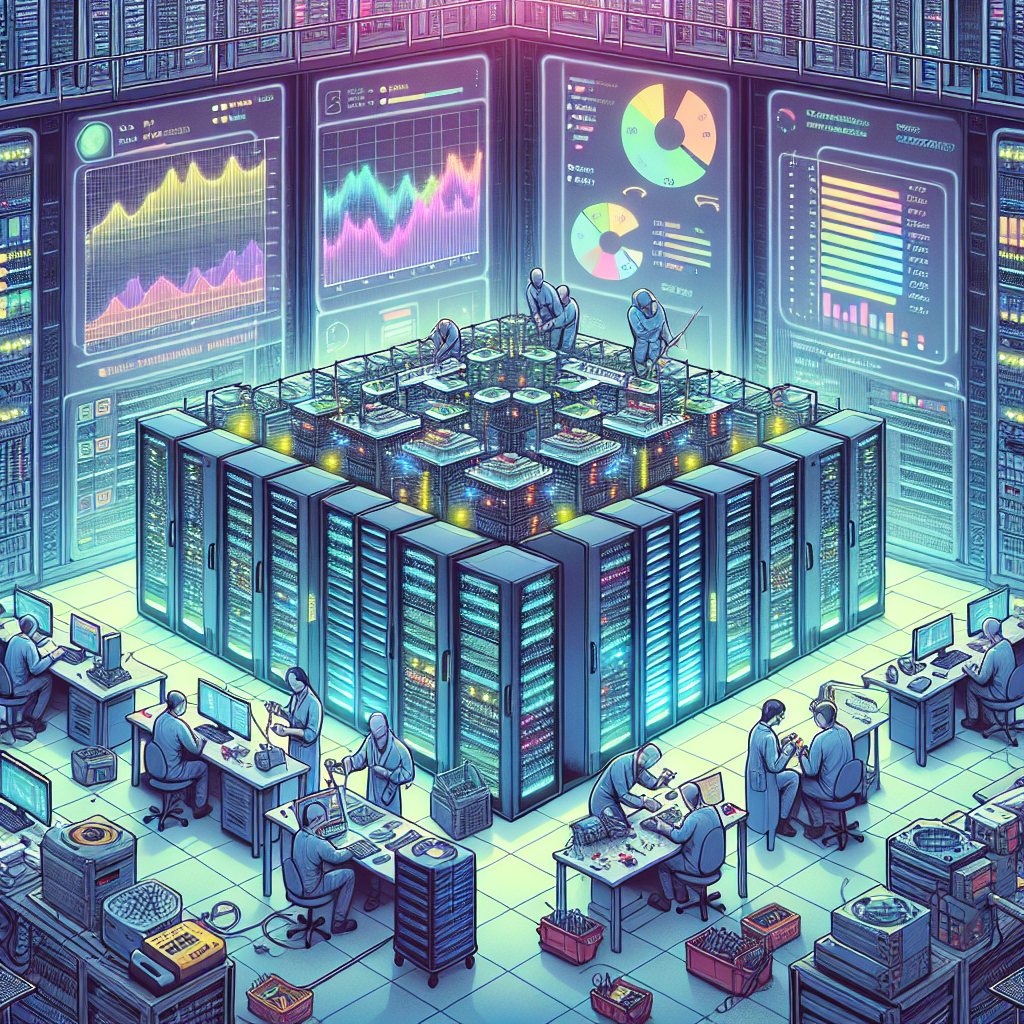Your cart is currently empty!
Troubleshooting Data Center Issues: Strategies for Successful Problem Management

Data centers play a crucial role in the operation of businesses, housing critical IT infrastructure and data that are essential for the day-to-day operations of an organization. However, like any complex system, data centers can encounter issues that can disrupt operations and cause downtime. As such, it is essential for data center managers to have effective troubleshooting strategies in place to quickly identify and resolve problems when they arise.
Here are some strategies for successful problem management in data centers:
1. Monitor and Alert Systems: One of the most important aspects of troubleshooting data center issues is having a robust monitoring and alert system in place. This system should constantly monitor the performance of all critical components within the data center, such as servers, storage devices, and networking equipment, and alert administrators in real-time if any issues are detected. This proactive approach can help to identify and address potential problems before they escalate into larger issues.
2. Establish Clear Procedures: In order to effectively troubleshoot data center issues, it is essential to have clear and well-documented procedures in place. These procedures should outline the steps to be taken when a problem is identified, including how to diagnose the issue, escalate it to the appropriate personnel, and implement a resolution. Having these procedures in place can help to streamline the troubleshooting process and ensure that issues are resolved in a timely manner.
3. Conduct Regular Maintenance: Regular maintenance of data center equipment is essential to prevent issues from occurring in the first place. This includes tasks such as updating software, replacing aging hardware, and conducting routine inspections of critical components. By staying on top of maintenance tasks, data center managers can help to minimize the risk of unexpected issues and ensure that the data center operates smoothly.
4. Implement Redundancy: In order to minimize downtime in the event of a hardware failure or other issue, it is important to implement redundancy within the data center. This can include redundant power supplies, networking equipment, and storage devices, as well as backup generators and failover systems. By having redundancy in place, data center managers can ensure that operations can continue even in the event of a failure.
5. Train Staff: Finally, it is important to ensure that data center staff are properly trained in troubleshooting techniques and procedures. This includes providing training on how to use monitoring and alert systems, diagnose issues, and implement resolutions. By empowering staff with the knowledge and skills they need to effectively troubleshoot problems, data center managers can ensure that issues are resolved quickly and efficiently.
In conclusion, troubleshooting data center issues requires a proactive approach that includes monitoring and alert systems, clear procedures, regular maintenance, redundancy, and staff training. By implementing these strategies, data center managers can effectively manage problems when they arise and ensure that operations continue to run smoothly.

Leave a Reply